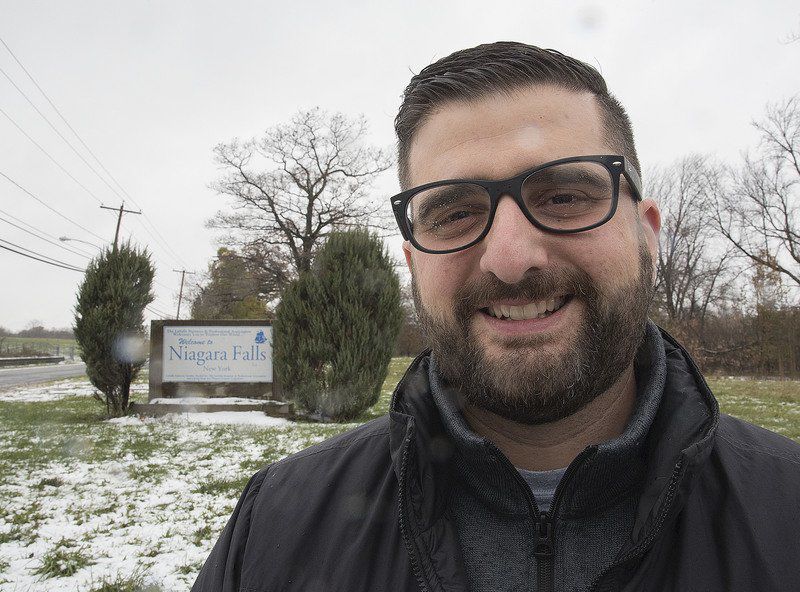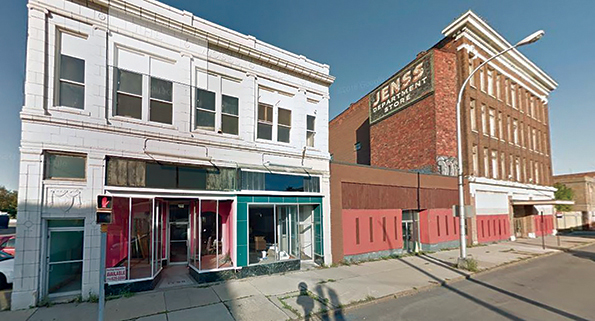
A man with a plan: Seth Piccirillo
The city of Niagara Falls New York is beloved by millions of visitors visiting the spectacular falls themselves. But the city has been facing changes and challenges over the past couple of decades.
Some may remember the Love Canal catastrophe in the late 1970s when 100 years worth of chemical effluent invaded 800 homes built on top of a toxic waste dump. The decline of industry in the post-industrial environment of the 1980s and 1990s helped accelerate a decline in population from over 100,000 to just about 50,000 today.
Tourism, once considered an afterthought during the boom boom industrial years is now an important part of the city’s economy. The neighboring city of Niagara Falls Ontario has taken an opposite track and has grown dramatically since the 1960s; they seized quite a bit of the tourism pie.
Yet change is in the air. A new generation of leaders is rejecting the view of decline. At the head of this hard-charging generation is Seth Piccirillo, a lifelong Niagaran, and currently the cities Director of Community Development. He realizes that the big issue in his city is economics. He is particularly exercised about land speculation and the fact that nonresidential properties are taxed at a much higher rate than residential properties ( just about double the residential levy).
As the reader can guess that’s not a formula for keeping business and development in your city. Like many cities in New York State who fell for the classification trap, conducting business is difficult with the added tax cost. When the accountant for the business figures this out, 2 things can happen: assessment appeals will cut the value of the parcel, or the business will cut and run. The result is obvious: as nonresidential values decrease, the city has to find more money in the residential sector. Talk about

Luckily, there is a plan to address these issues along with blight and vacancy: Land Value Tax. 1st discussed in 1995 under then-Mayor James Gailie, the idea went nowhere.
Seth Piccirillo believes that LVT along with other innovative ideas to revive the city can tackle each of these barriers to that revitalization. Not only has Seth figured out solutions in problems, but he’s also made a video on land value tax that is pretty nifty. Watch this space.